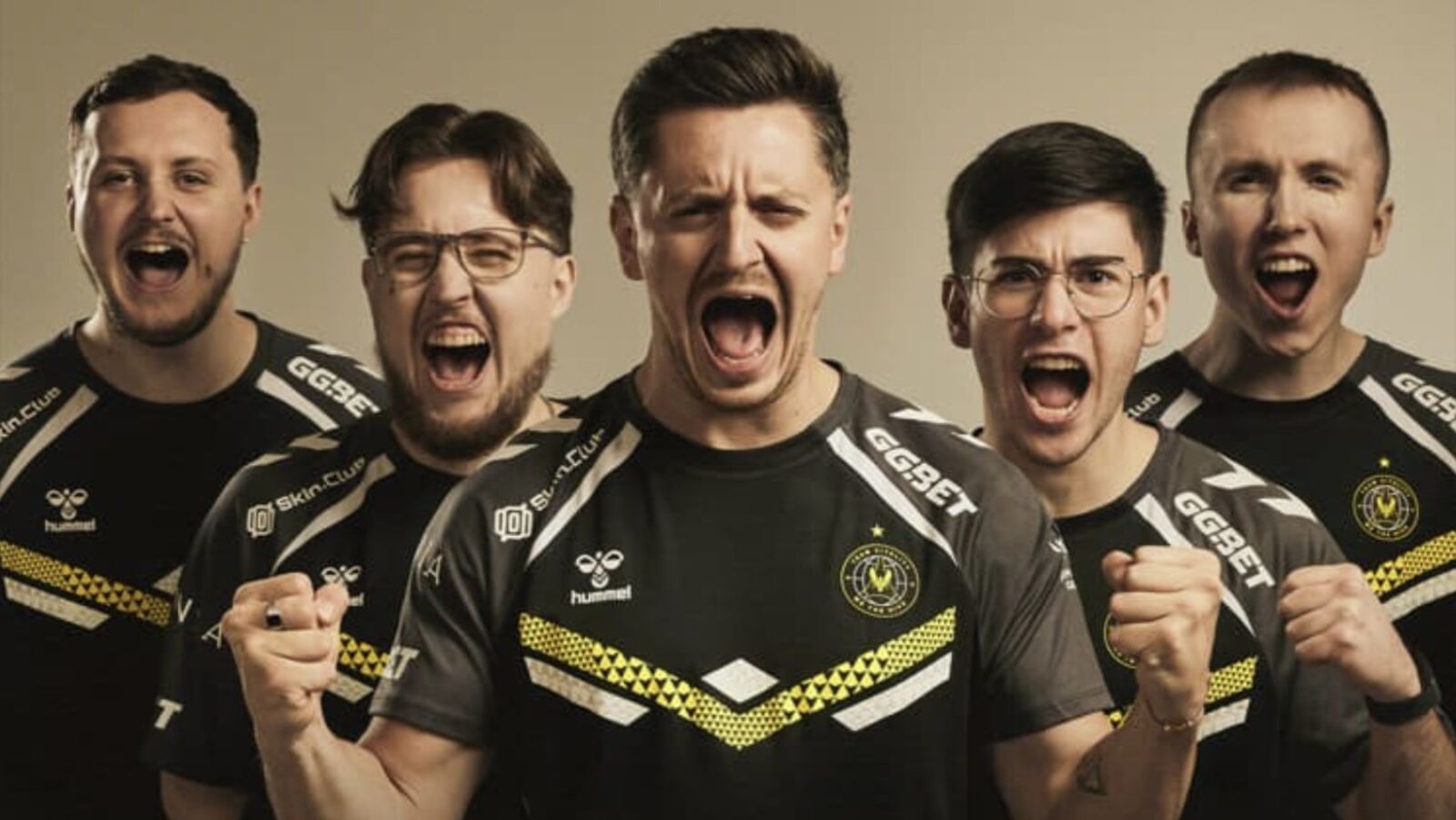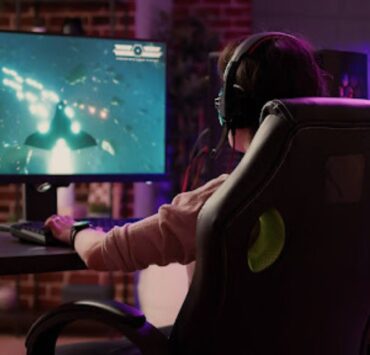Olivia is one of the top gamers in the world.…
The grand final of IEM Katowice 2025 showcased a highly anticipated showdown between Team Vitality and the defending champions, Team Spirit. Instead of technical issues hampering play, the match revealed that Spirit’s players simply could not find their form when it mattered most. In a dominant 3–0 sweep by Vitality, the statistical disparities clearly illustrated a team struggling to execute under pressure.
Table of Contents
ToggleA Tale of Two Performances
Team Vitality delivered a masterclass on all three maps—Dust2 (13–6), Nuke (13–5), and Mirage (13–11)—with star players like Mathieu “ZywOo” Herbaut and Robin “ropz” Kool leading the charge.

In stark contrast, Spirit entered the final with high expectations yet was unable to replicate their previous successes.
Spirit’s Underwhelming Statistics
Individual Impact: Danil “donk” Kryshkovets ended with a disappointing 0.88 rating, unable to provide the spark typically expected from him. Other key players posted below-par numbers, with Spirit’s overall performance trailing far behind Vitality’s top performers.

Round Control: Vitality won 39 out of 61 rounds on the keymaps, while Spirit managed just 22 rounds—a clear sign of lost momentum and inability to dictate the pace.
These numbers confirm that Spirit’s failure was not due to external issues but stemmed from an off day when nothing seemed to click.
Understanding the Breakdown
Several factors contributed to Spirit’s collapse in the final:
Pressure and Momentum: The grand final environment exposed cracks in Spirit’s preparations. While they had enjoyed success earlier in the year, the high stakes seemed to overwhelm their ability to adapt.
Lack of Individual Brilliance: In closely contested matches, standout performances often decide the outcome. Vitality’s roster delivered when it counted, whereas Spirit’s key players, including Donk, were unable to rise to the occasion.
Team Coordination: The synergy and communication that form the backbone of any top-tier team were noticeably lacking. Spirit’s sporadic play and missed opportunities underscored their inability to execute as a unit.
Optimizing Competitive Performance
In competitive CS2, even minor adjustments to a player’s settings can mean the difference between success and struggle. For those looking to fine-tune their performance, comprehensive guides on professional configurations can be a game changer. For instance, exploring Magixx’s detailed CS2 settings and configuration guide shows how subtle tweaks in hardware setups and in-game configurations can lead to improved performance and consistency.

For further technical insights, check out csmarketcap.com’s detailed analysis of Magixx settings. This resource highlights practical adjustments proven to enhance competitive CS2 performance.
Learning from the Loss
Spirit’s struggles underscore an important truth: success in CS2 hinges on more than just in-game tactics—it’s built on meticulous off-field preparation. If you’re looking to gain that extra competitive edge, it’s worth examining how elite players dial in their setups. By exploring detailed breakdowns of Donk’s configuration, you can uncover actionable strategies to elevate your play, ensuring every aspect of your setup is geared toward peak performance.
Final Thoughts
The IEM Katowice 2025 final demonstrated that even elite teams can have off days. Team Spirit’s struggles were rooted in poor execution and a lack of cohesion—not technical issues. As they regroup and analyze these shortcomings, the hope is that future tournaments will see them bounce back stronger. Meanwhile, Team Vitality’s impressive performance has cemented their status as one of the top squads in CS2.
In the high-stakes arena of CS2, it’s the seamless blend of skill, preparation, and strategy that separates the champions from the also-rans. May the lessons from this final inspire teams and players alike to keep pushing the boundaries of performance.
Olivia is one of the top gamers in the world. She loves to play in gaming tournaments, and has won many awards for her skills. Olivia is also an accomplished artist, and often creates her own game designs. She is a witty and charming young woman, who loves to make new friends.






